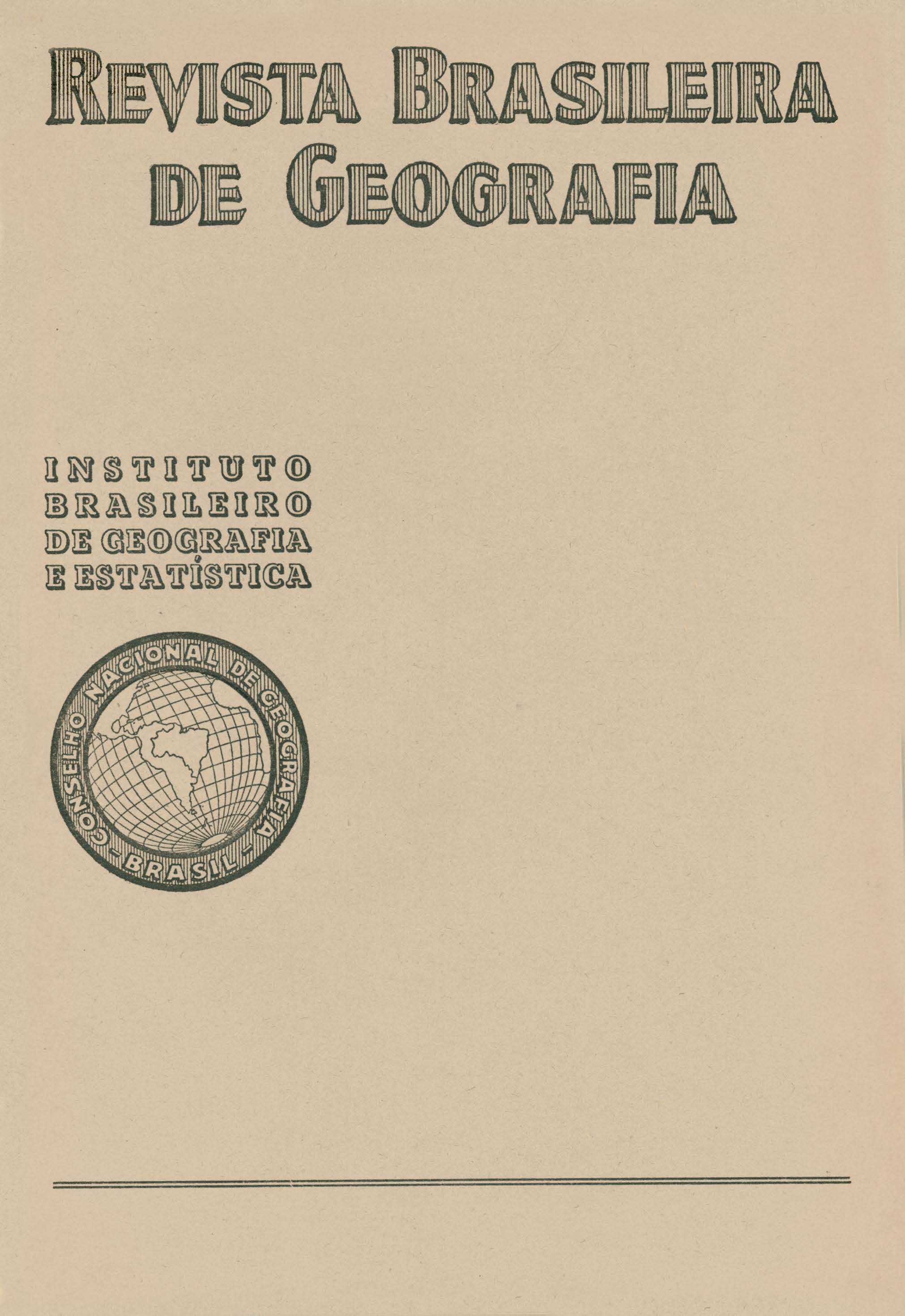Geratrizes memoráveis da geografia do Brasil : achegas para um retrospecto cartográfico
Keywords:
Geografia, Cartografia, Período colonial - 1500-1822Abstract
Colonel Jaguaribe de Mattos, Chief of the Cartography of the Rondon Commission, opens a study of History and Geography of Brazil, enumerating in the present chapter the expeditions and geographic and cartographic works developed in the country during its colonial period. He considers as the first geographic exploration, the 10 leagues of coast line survey performed northwards (Abril 24, 1500) by the fleet of Pedro Alvares Cabral, the Portuguese navigator who discovered Brazil in 1500.
He quotes explorations carried out in the interior of the country towards the main streams, of which stand out: the penetration into the Paraguay River by Aleixo Garcia, (1524), who was the first to reach the region of the actual State of Mato Grosso; the advance of Gonçalo da Costa by the Paraná River; the conquest of the British Guiana by Sir Walter Raleigh (1595), who elaborated the first chart of Guiana; the penetration into the São Francisco River by the caravan leadered by Espinosa (1554); the voyage up the Amazon River by the Spaniard Francisco de Orellana (1541).
He comments on the first charts appeared on Brazil: the illuminated charts, of Vaz Dourado (1570); the charts of the famous Ortelius, companion of Mercator in the founding of the School of Cartography of Anvers; the set of 22 charts of the coast of Brazil by the celebrated cosmographer João Teixeira Albernaz (1612), who, later on, presented an album with 46 portolanos (1627) and another one with 31 portulanos (1640); the oldest drawing of the Amazon River presented to the Governador of Maranhão, Jacome Raymundo de Noronha, by the lay ,brothers André de Toledo and ·Domingos Garcia (1637), whose expedition through the Amazon River ·the author gives in detail;. the German Jesuit, Samuel Fritz's map of the Amazon River .(1691), considered as the first· chart drawn to scale; the chart of the Amazon River by the talented French astronomer Charles Marie de La Condamine, whom the Academy of Sciences of France entrusted the measuring of the meridian are between Cuenca and Quito.
The author holds that the beginning of the systematic surveys of the Brazilian soil took place with the Charter of November 18,1729, whereby King John V of Portugal, ordered maps to be drawn by the expert mathematicians the Jesuits Diogo Soares and Domingos Capassi, who surveyed the central region of the country comprising lands of the actual States of Goiaz, Minas Gerais, Rio de Janeiro, São Paulo, Paraná and Santa Catarina.
The frontier questions between the South American dominions of Portugal and Spain, since the eighteenth century began to require geographic demonstrations. The 'great' Alexandre de Gusmão, minister of D. João V, .organized in 1749 the "Map of the confines of Brazil with the lands of Spain in Meridional America", also called "Concordat map" of "Map of the Courts", which is the ·first official geographic chart of Brazil; the treaties of limits·:of 1750 (Madrid) and 1752 (Lisbon-addenda) which fixed the routine for demarcating the frontiers, the activities of which were distr1buted into two Divisione - the Northern and the Southern - (these in their turn were subdivided into·partitions) and they were so intensified that they have constituted the golden era of the colonial geography.
In the work of the Divions of Frontiers, the author points out the·action of Gomes Freire de· Andrada and José Custódio de Sá e Faria. in the Southern Division; the conquest of the Brazillan West accomplished by Luiz·de Albuquerque de Mello Pereira e Carceres, in the Northern Division.






